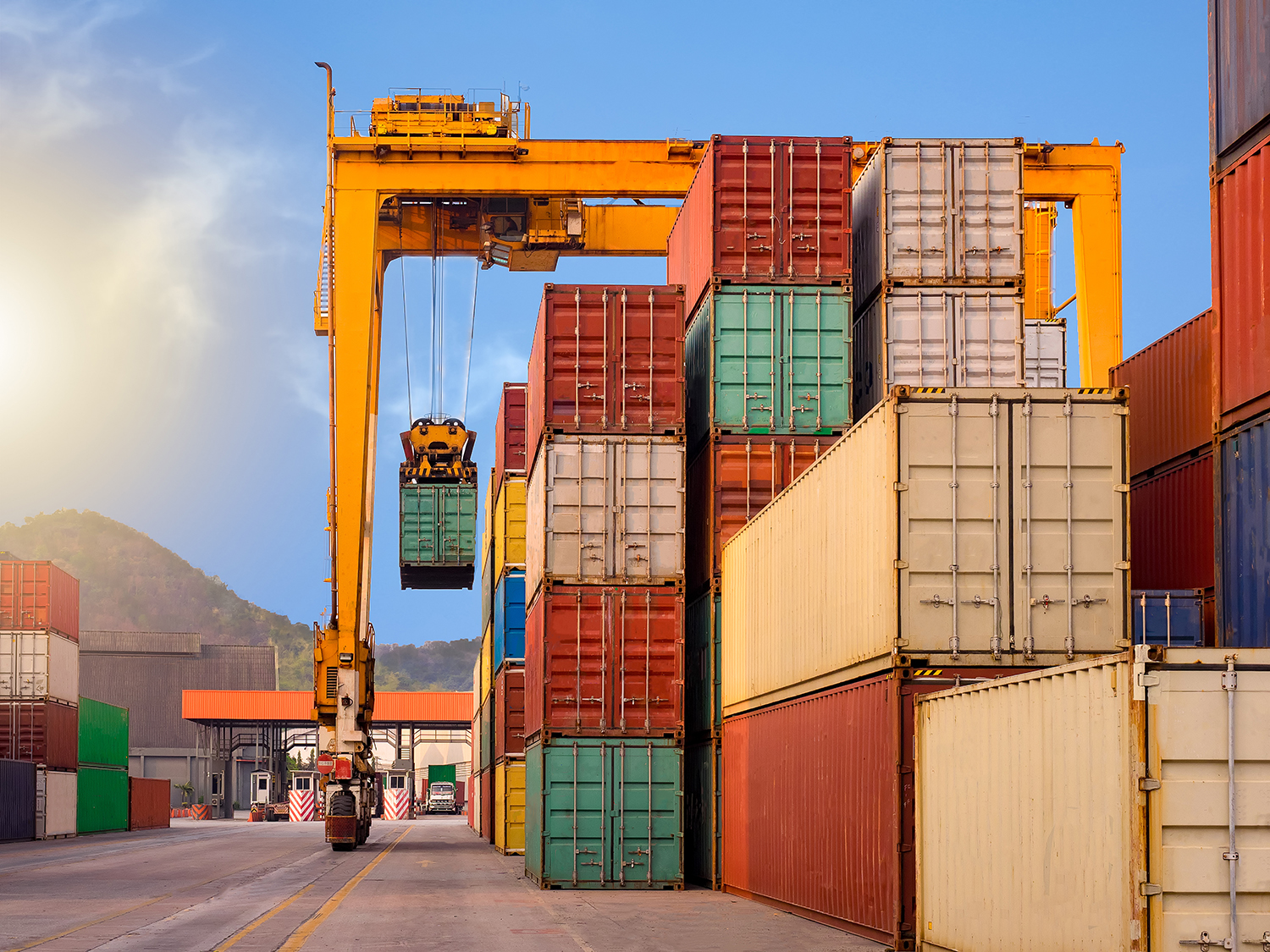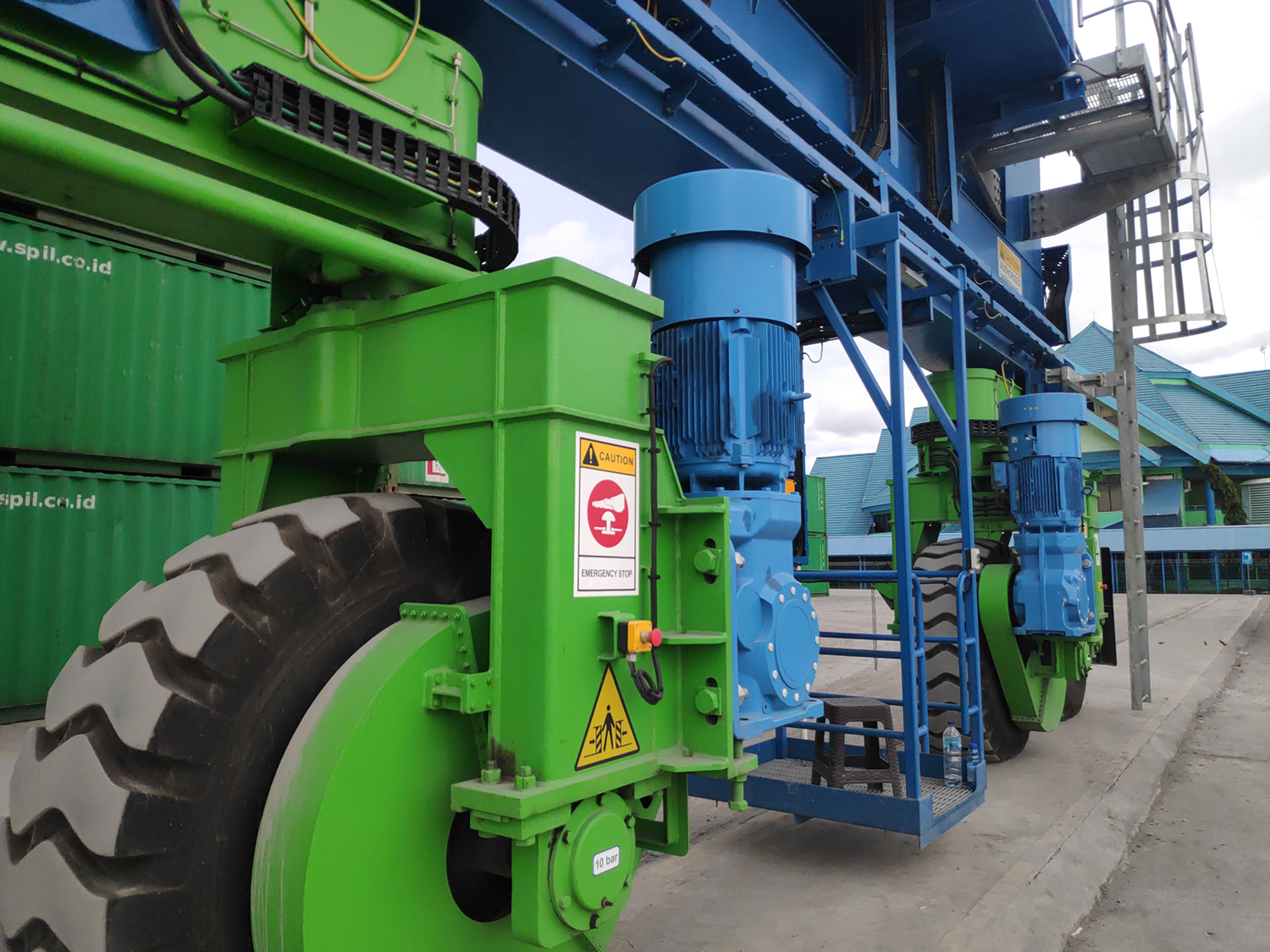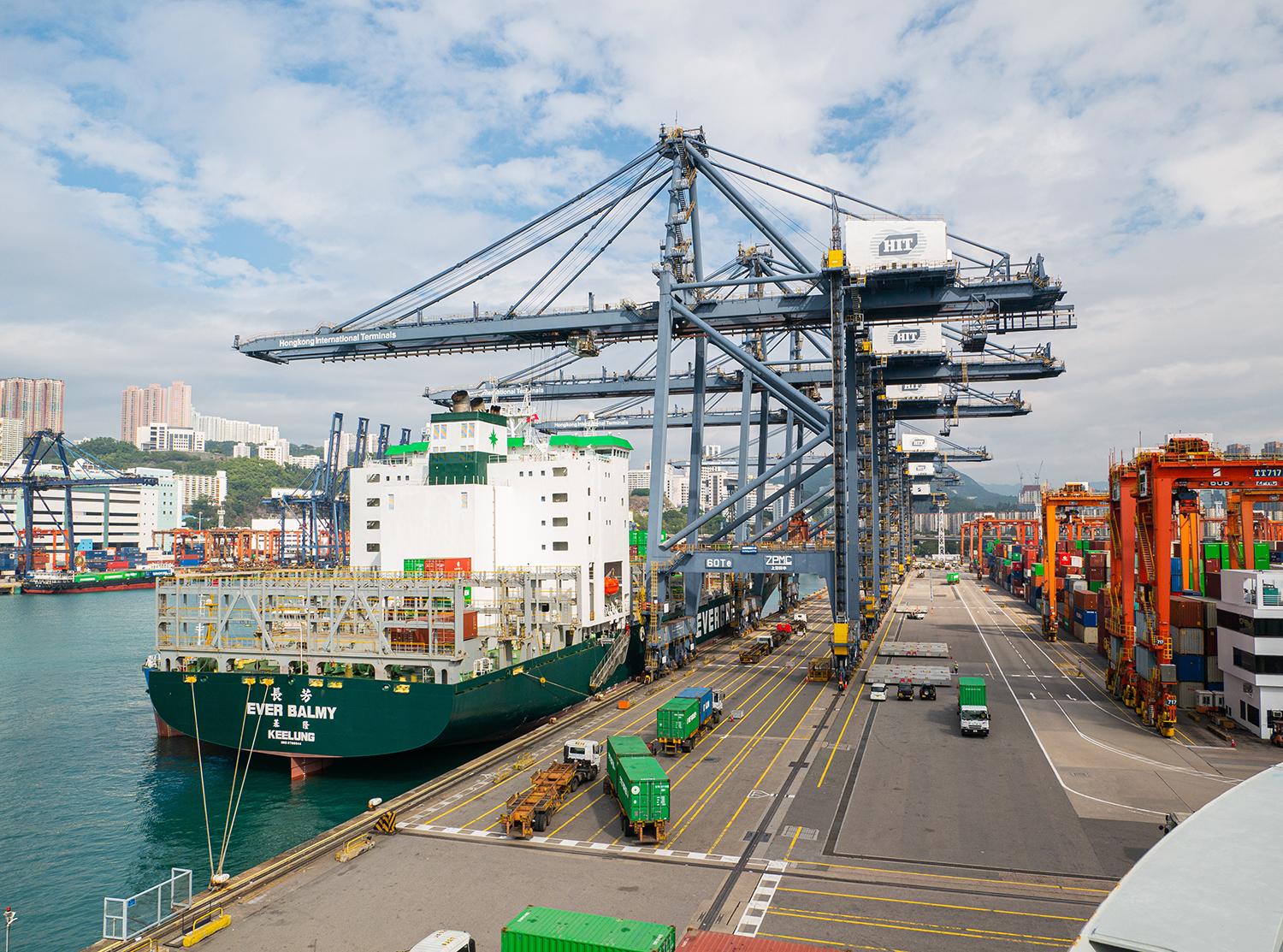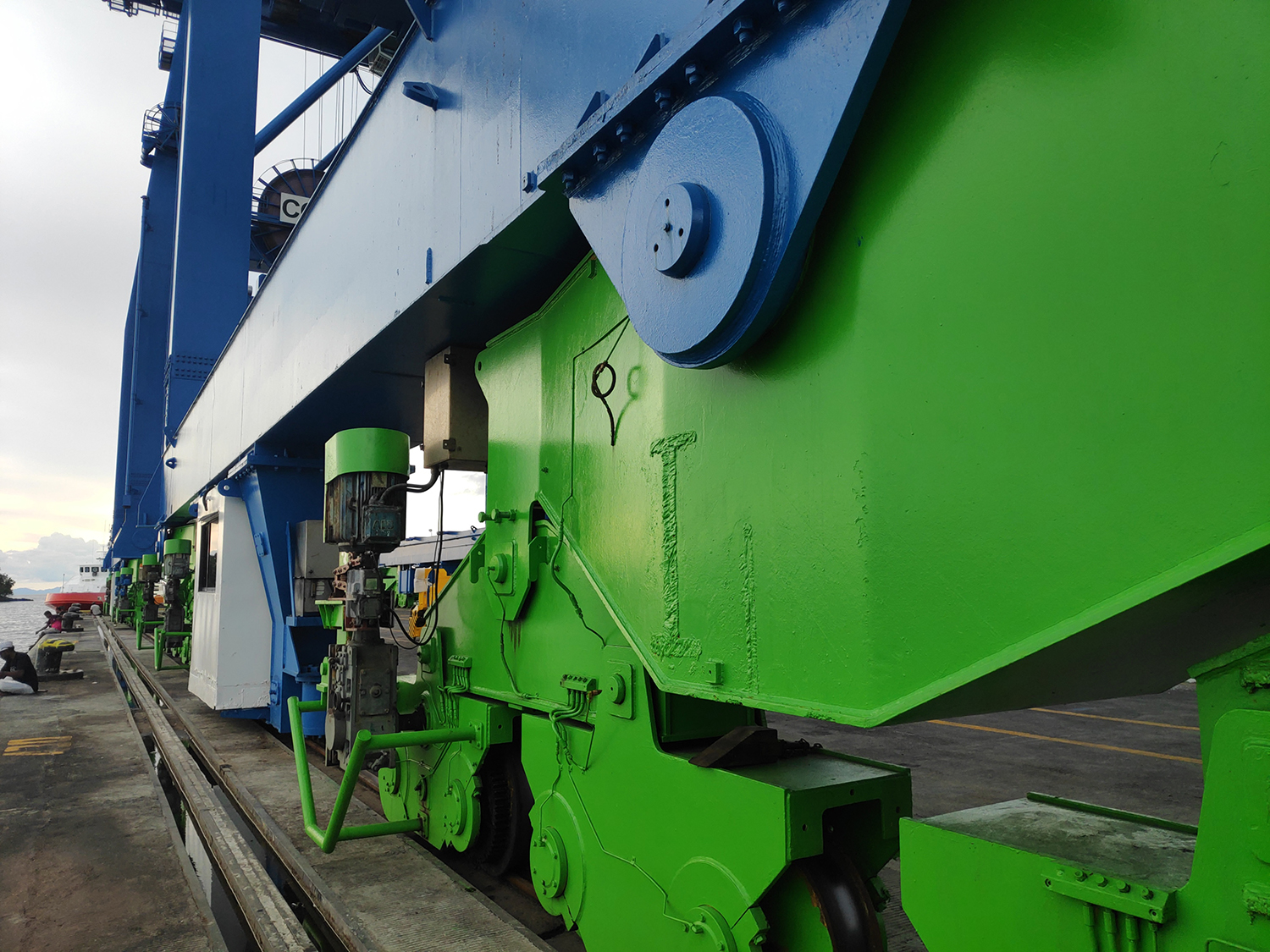Choosing the Right Gantry Crane for Container Yards: Rail-Mounted vs. Rubber-Tired
Choosing the Right Gantry Crane for Container Yards: Rail-Mounted vs. Rubber-Tired
In the fast-paced world of shipping and logistics, container yards play a crucial role in efficiently managing and transporting cargo. Among the essential equipment used in these facilities are gantry cranes, which are responsible for lifting and relocating shipping containers with precision and efficiency. Two primary types of gantry cranes dominate container yard operations: rail-mounted gantry (RMG) cranes and rubber-tired gantry (RTG) cranes. Each type offers unique advantages and is suited to specific operational needs. Understanding the differences between RMG and RTG cranes can help you determine the best fit for your container yard.
Understanding the Basics: RMG vs. RTG Cranes
Rubber-Tired Gantry (RTG) Cranes
As the name suggests, RTG cranes are equipped with rubber tires, allowing them to move freely throughout the container yard. This mobility provides greater flexibility in operations, making RTGs an excellent choice for yards with dynamic layouts and varied container placement needs. RTG cranes can be driven to different locations within the yard, optimizing container handling efficiency.
However, the rubber tires present some limitations. RTG cranes have a restricted lifting capacity compared to their rail-mounted counterparts. The weight they can carry is limited by the strength of their tires and the need to maintain balance while moving. Additionally, because RTGs rely on diesel or hybrid power sources, they can have higher operational costs and environmental impacts compared to fully electric cranes.
Rail-Mounted Gantry (RMG) Cranes
RMG cranes, on the other hand, operate on fixed rail tracks. This design provides a more stable lifting platform, allowing RMG cranes to handle heavier loads than RTG cranes. Their steel wheels reduce friction and allow for a higher load-bearing capability, making them ideal for large-scale container yards with high-volume container handling requirements.
The main limitation of RMG cranes is their lack of mobility. Unlike RTG cranes, they cannot move freely around the yard and are confined to the track system. This means that the yard layout must be planned carefully to
accommodate the fixed movement paths of the RMG cranes. However, their higher efficiency, lower maintenance costs , and electric-powered operation make them a sustainable and cost-effective choice for long-term container handling needs.
, and electric-powered operation make them a sustainable and cost-effective choice for long-term container handling needs.
Key Factors to Consider When Choosing a Gantry Crane
When deciding between RMG and RTG cranes for your container yard, several factors must be taken into account, including yard layout, operational needs, and long-term cost considerations.
1. Yard Layout and Size
The physical layout of your container yard is a significant factor in determining the right crane type.
RTG Cranes: Ideal for container yards with irregular layouts or areas requiring frequent repositioning of equipment. The ability to move freely allows RTGs to adapt to different stacking configurations and optimize space utilization.
RMG Cranes: Best suited for container yards with fixed stacking areas and well-defined rail tracks. If your yard operates with a high level of organization and efficiency, RMG cranes can streamline container handling and reduce delays.
2. Lifting Capacity and Efficiency
RTG Cranes: Limited in their lifting ability due to their reliance on rubber tires. They are best suited for medium-capacity lifting needs.
RMG Cranes: Capable of lifting significantly heavier loads due to their stable steel wheel design. If your container yard handles large volumes of cargo regularly, RMG cranes may be the better choice.
3. Energy Consumption and Environmental Impact
RTG Cranes: Typically powered by diesel or hybrid engines, RTG cranes consume more fuel and contribute to higher carbon emissions. Some modern RTGs are transitioning to electric or hybrid-electric models to reduce their environmental footprint.
RMG Cranes: Fully electric-powered, making them a more sustainable and cost-efficient option in the long run. Reduced reliance on fossil fuels also translates to lower operating costs over time.
4. Maintenance and Downtime
RTG Cranes: Require frequent maintenance due to their moving parts and reliance on rubber tires, which can wear out over time.
RMG Cranes: Have fewer moving parts and lower maintenance requirements. However, if an RMG crane experiences a breakdown, repairs may take longer due to the complexity of the rail system.
Advantages of RMG Cranes in Large-Scale Operations
For intermodal container yards handling high container volumes, RMG cranes offer a range of advantages:
Higher Load Capacity: RMG cranes can handle heavier loads, making them ideal for large-scale shipping operations.
Versatility in Rail Configurations: They can be customized with different rail layouts to enhance efficiency.
Extended Reach: RMG cranes can cover over 300 feet using cantilever extensions, allowing them to access multiple rail trac
 ks and stacking sections.
ks and stacking sections.Greater Efficiency: They operate faster and with greater precision than RTG cranes, reducing the time required to move containers.
Challenges of RMG Crane Implementation
Despite their benefits, RMG cranes come with certain challenges:
Higher Initial Investment: The cost of installation and infrastructure development for rail-mounted systems is higher than RTG cranes.
Limited Mobility: Once installed, RMG cranes are confined to their designated tracks, limiting their flexibility.
Potential Downtime: In the event of a breakdown, operations may be delayed as repairs and maintenance take place.
When to Choose RTG Cranes
While RMG cranes offer numerous advantages, RTG cranes are the preferred option for many container yards due to their:
Flexibility: Ability to move around the yard without being confined to a track.
Lower Upfront Costs: No need for rail installation, making them a more affordable option for smaller yards.
Adaptability: Suitable for yards with changing layouts or expansion plans.
Conclusion: Making the Right Choice
Selecting the right gantry crane depends on your container yard’s specific needs. If your operations require high-capacity lifting, efficiency, and long-term cost savings, RMG cranes are the superior choice. However, if flexibility and mobility are critical, RTG cranes provide the adaptability needed to optimize yard space and streamline operations.
At Hercules Crane and Lifting Supplies, we provide top-tier lifting solutions tailored to meet the demands of modern industries. Whether you're looking for gantry cranes, jib cranes, bridge cranes, or monorails, our expert team is here to guide you in selecting the best equipment for your needs. Contact us today to learn more about our lifting solutions and how we can help improve your efficiency.
📞 Call us now 1 (877) 461-4876 to get a free consultation and keep your lifting operations running safely and efficiently.
——————————————————————————————————————————————
The Hercules Group of Companies encompasses a wide portfolio of products and services across multiple, diverse companies.

